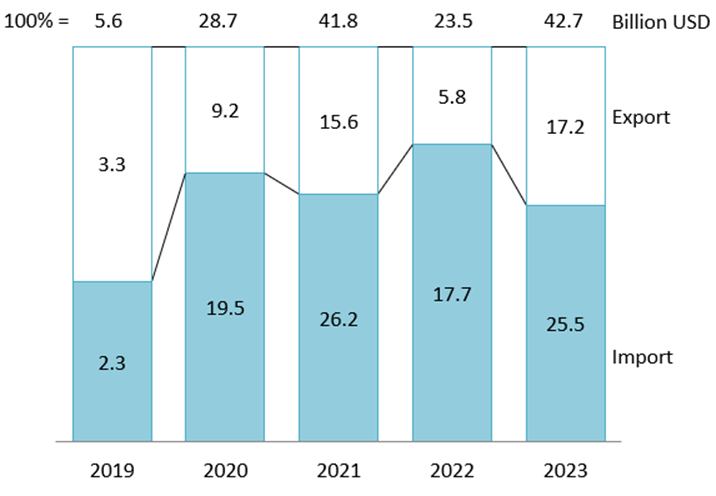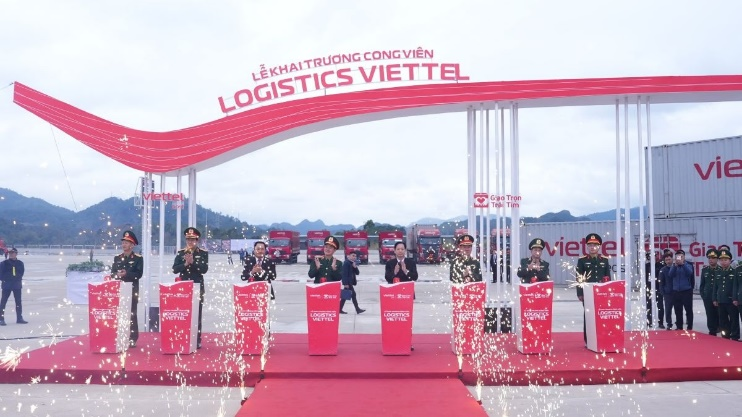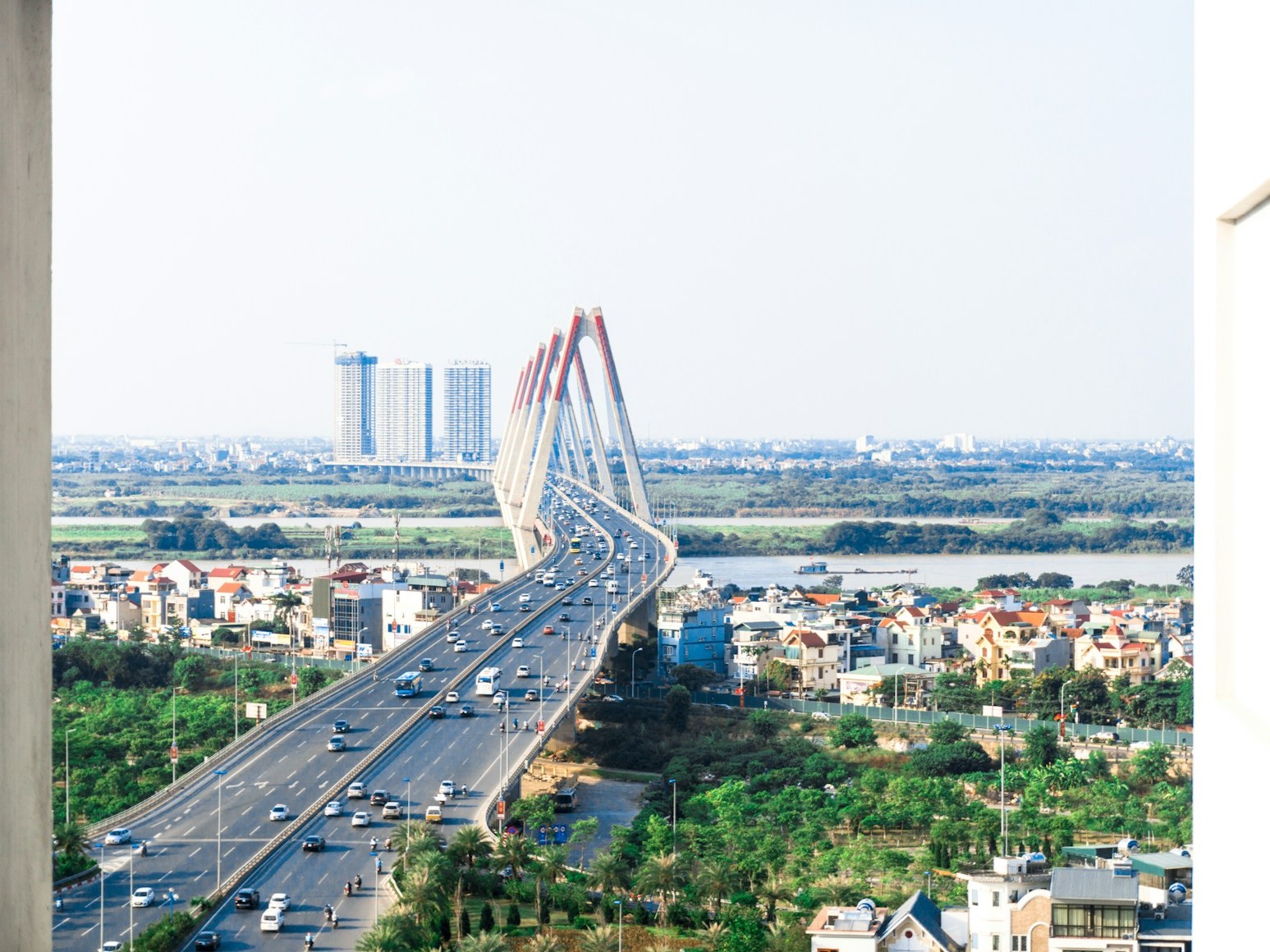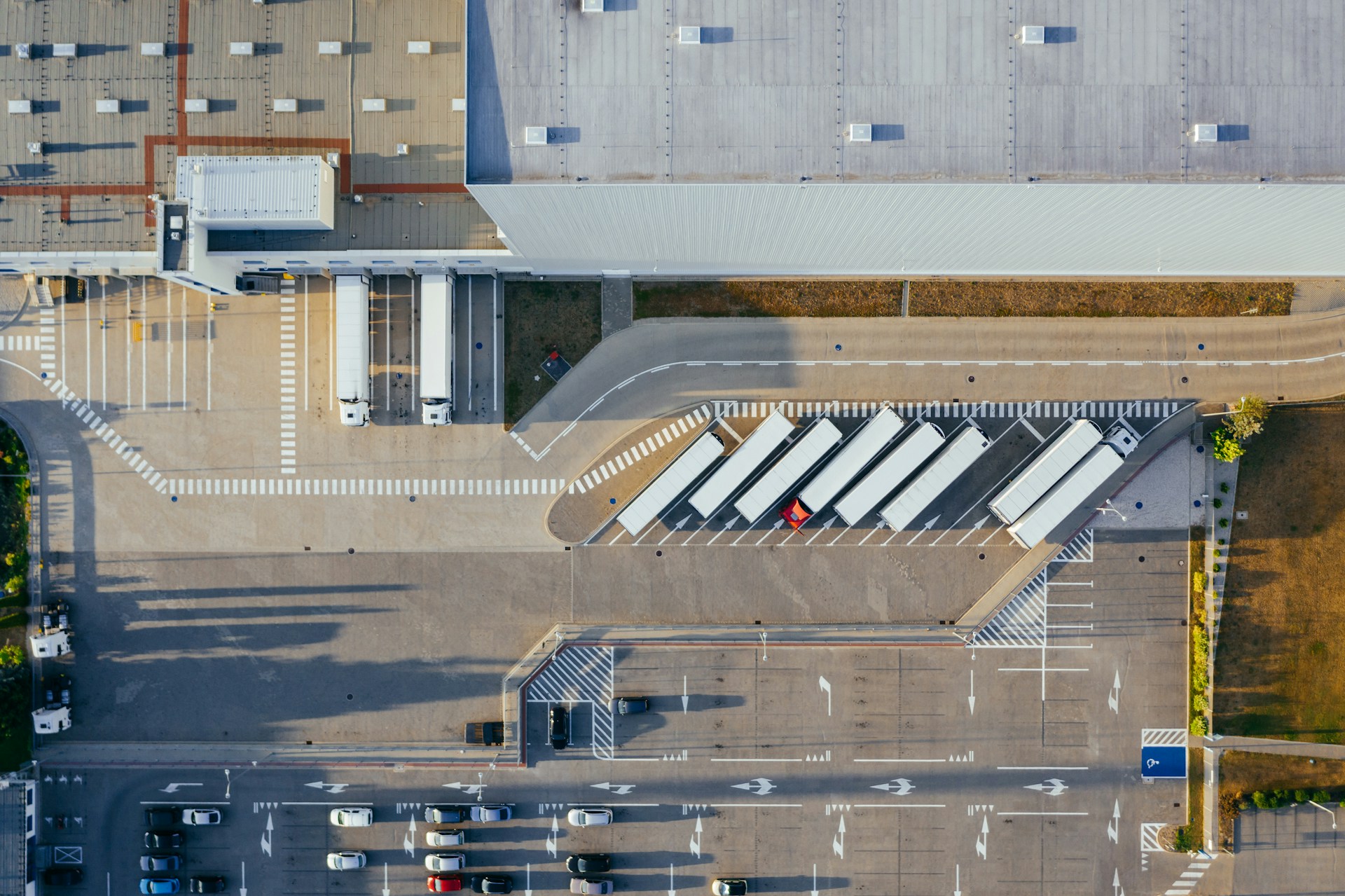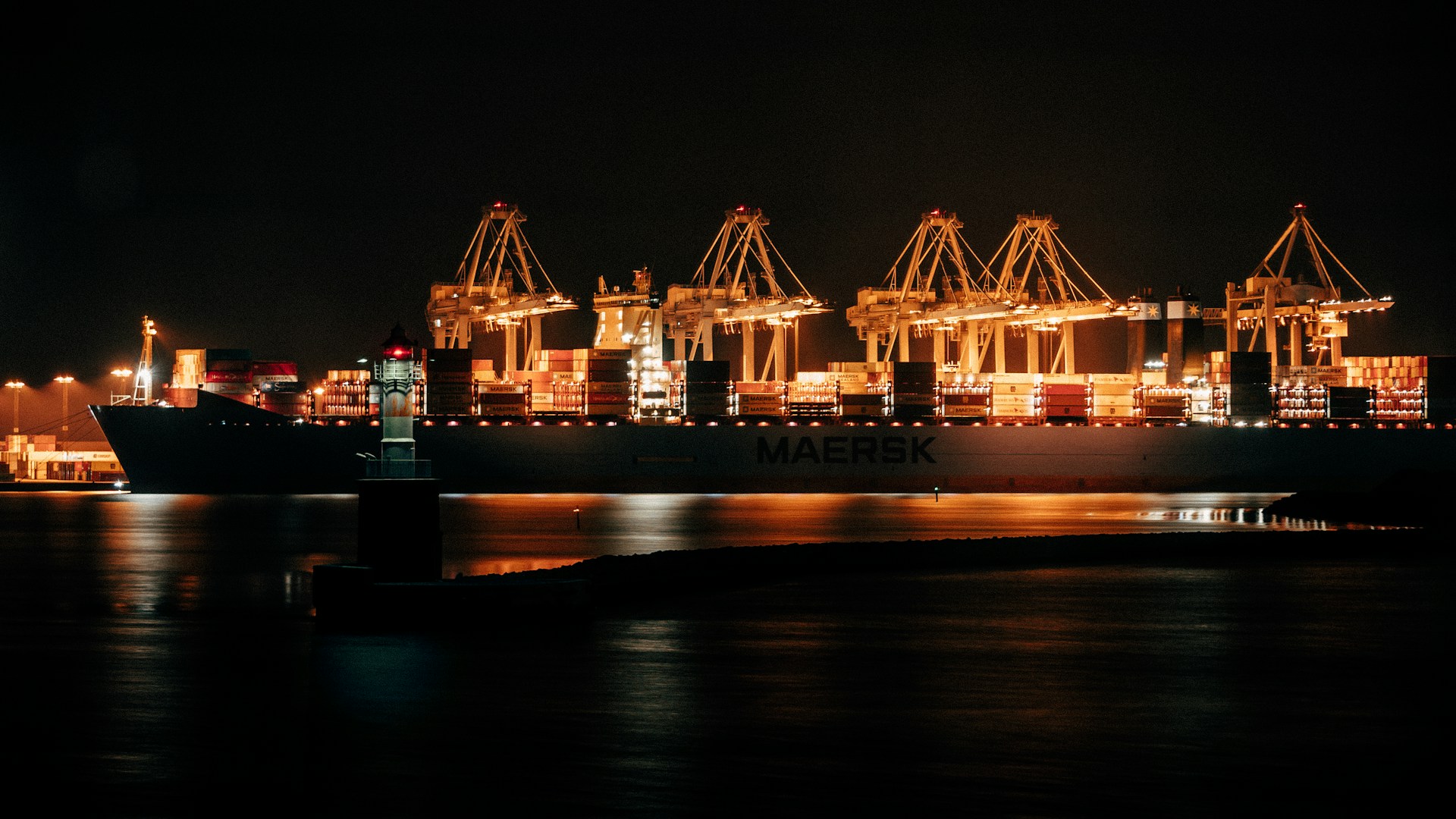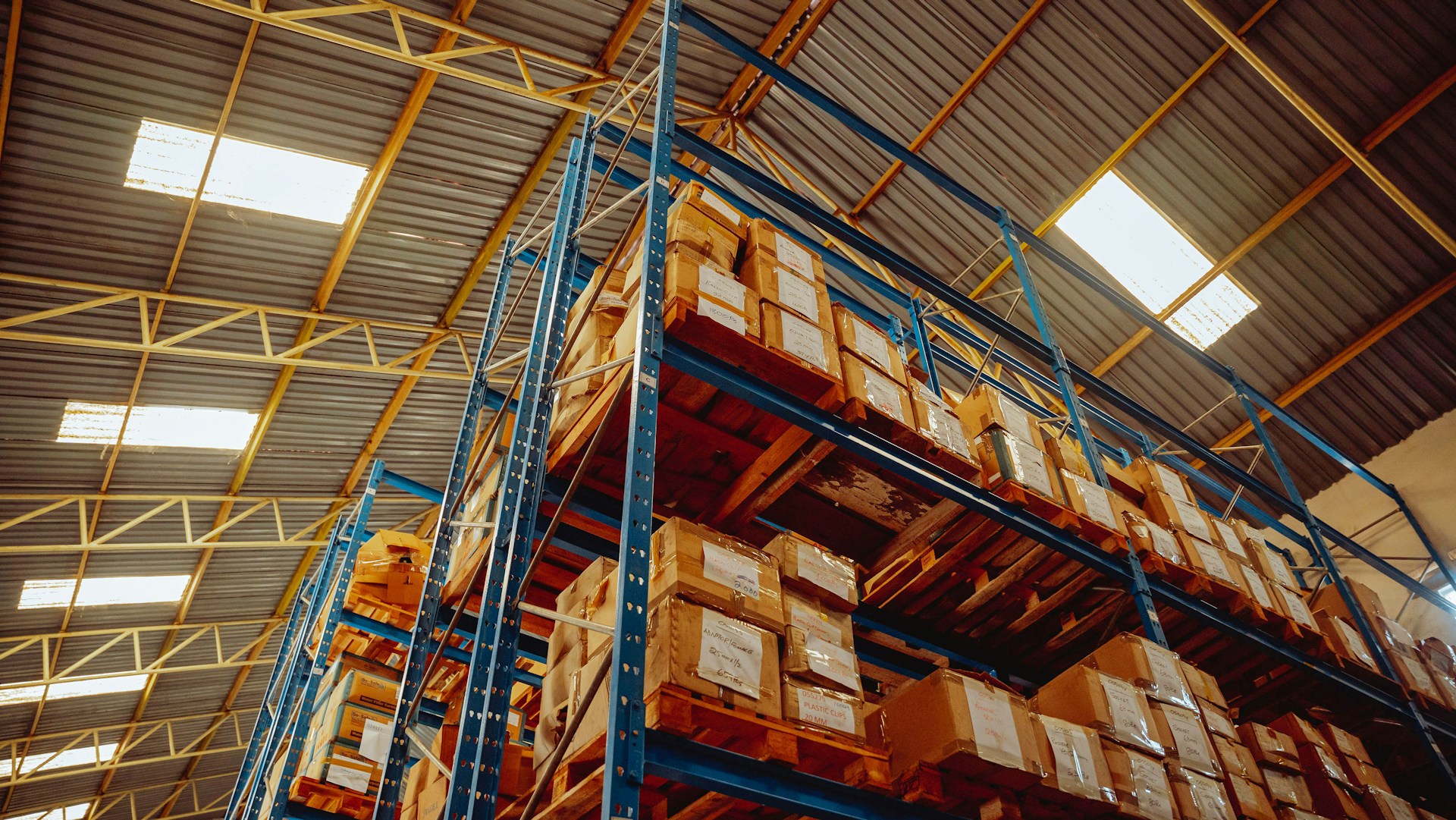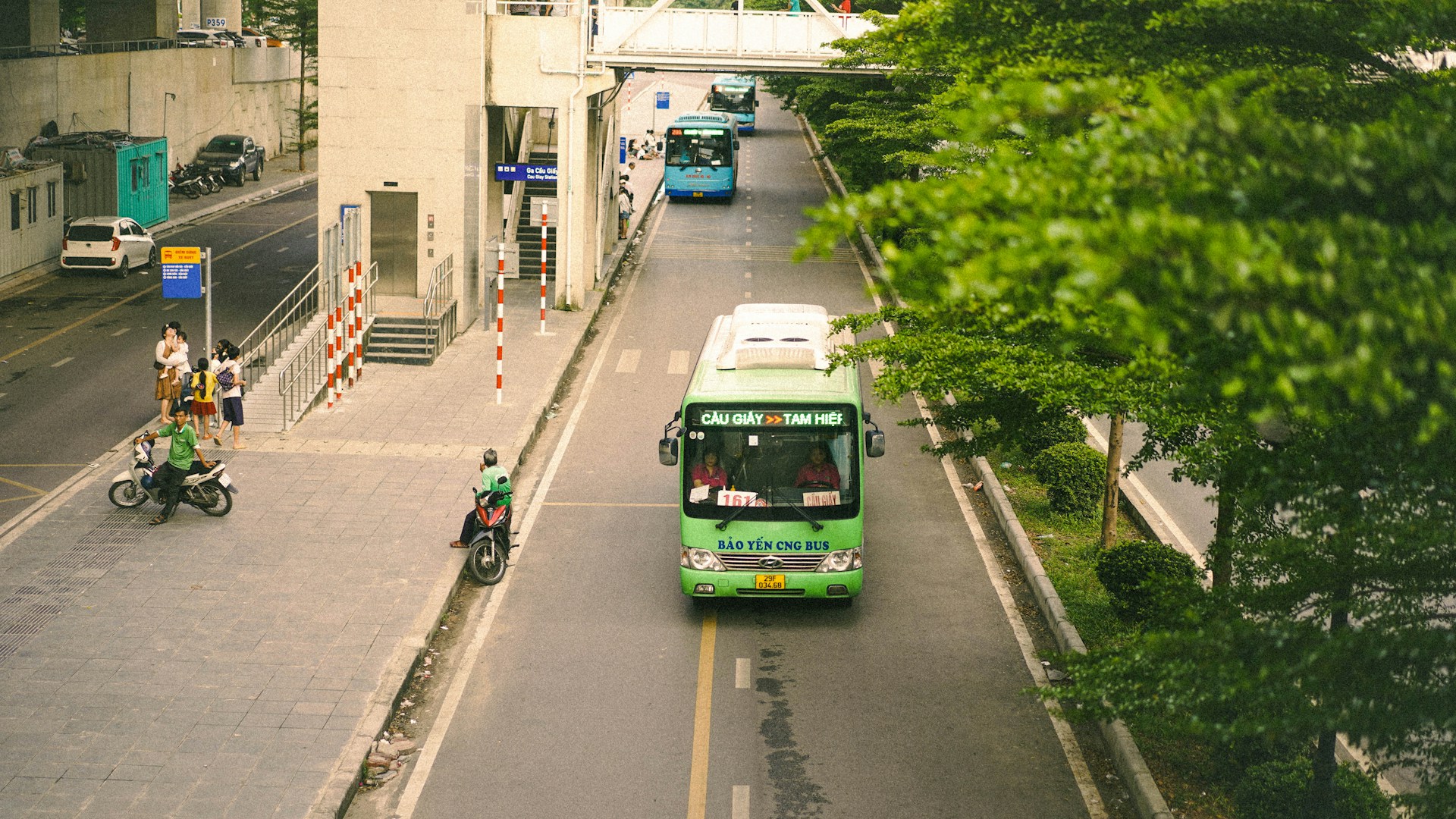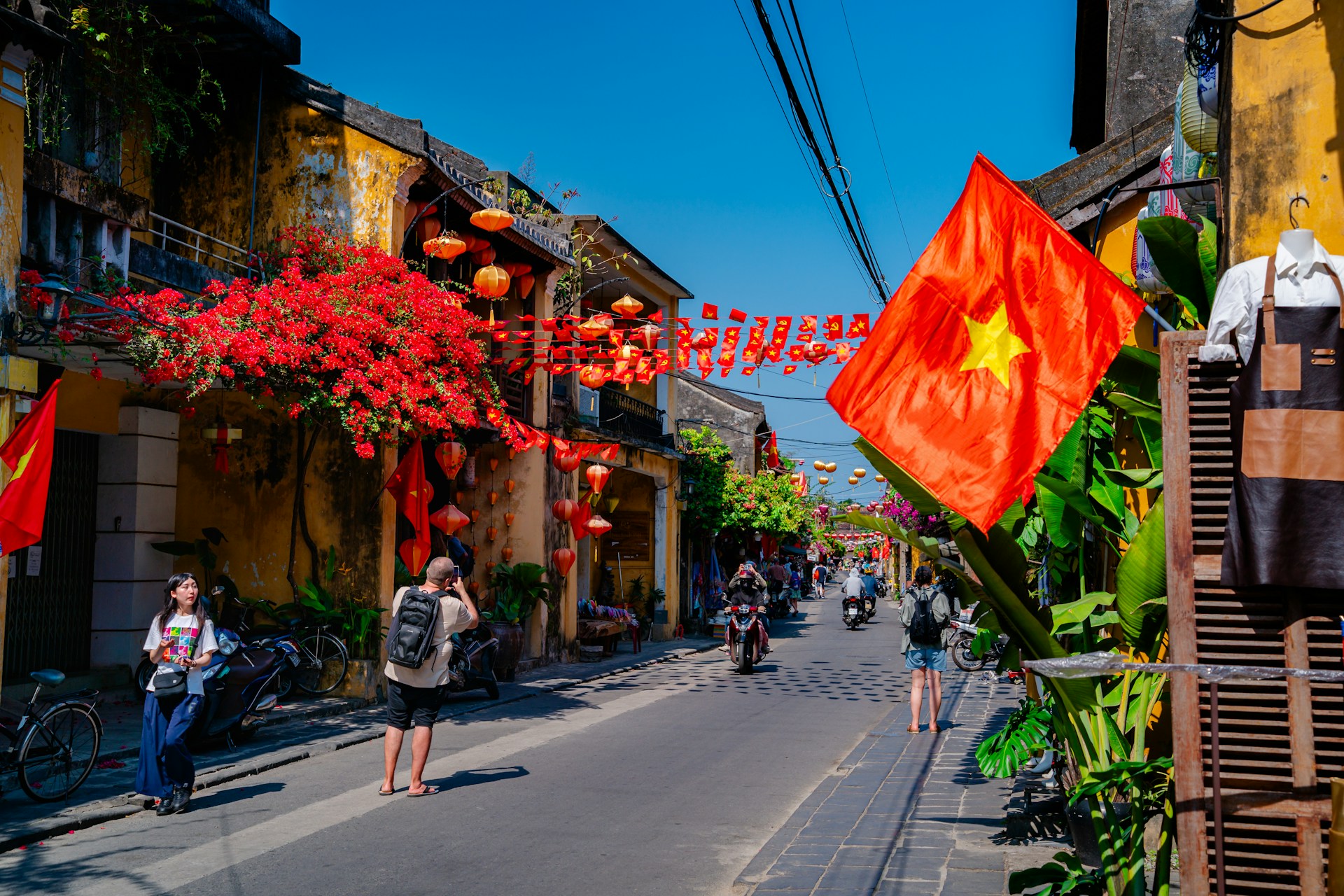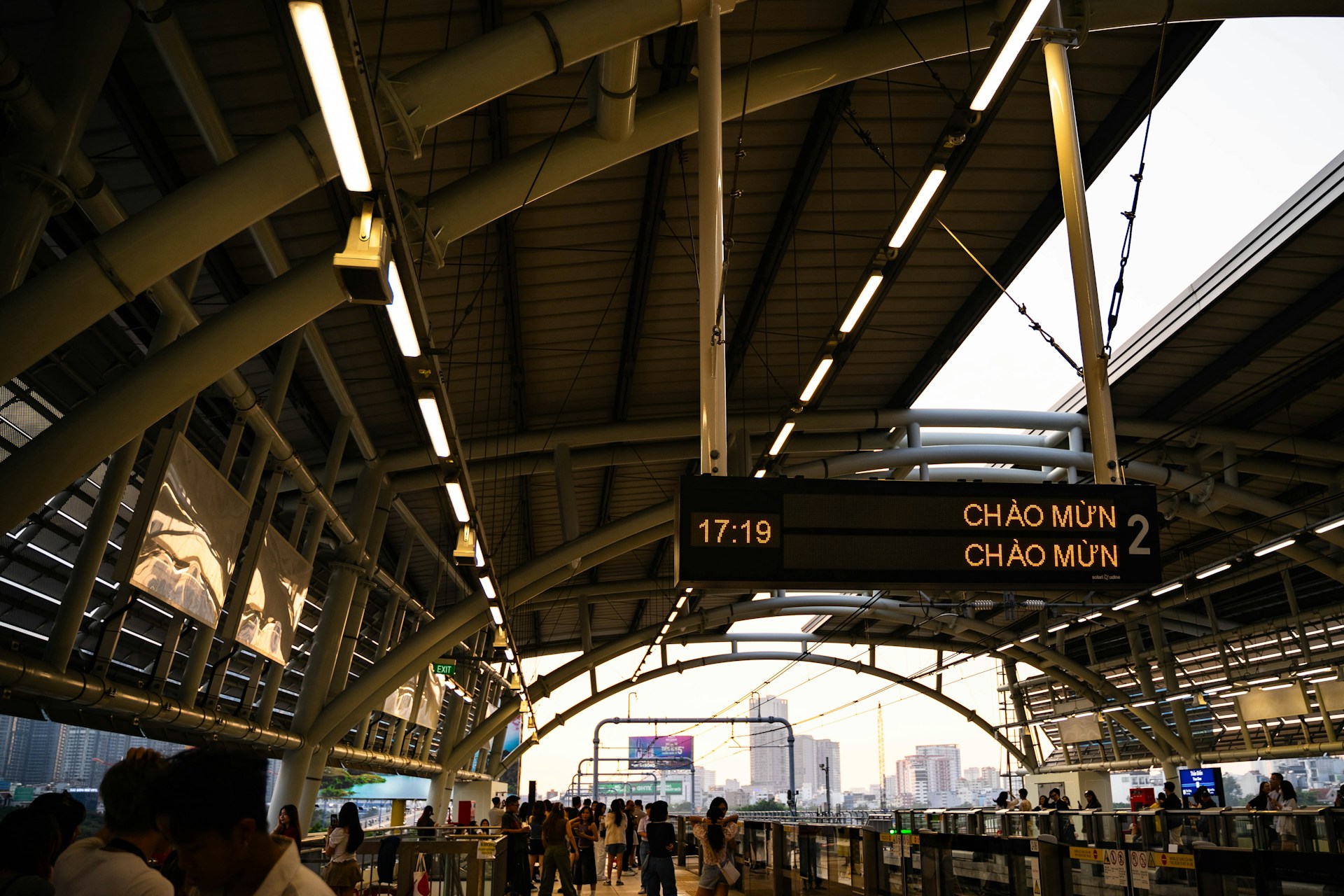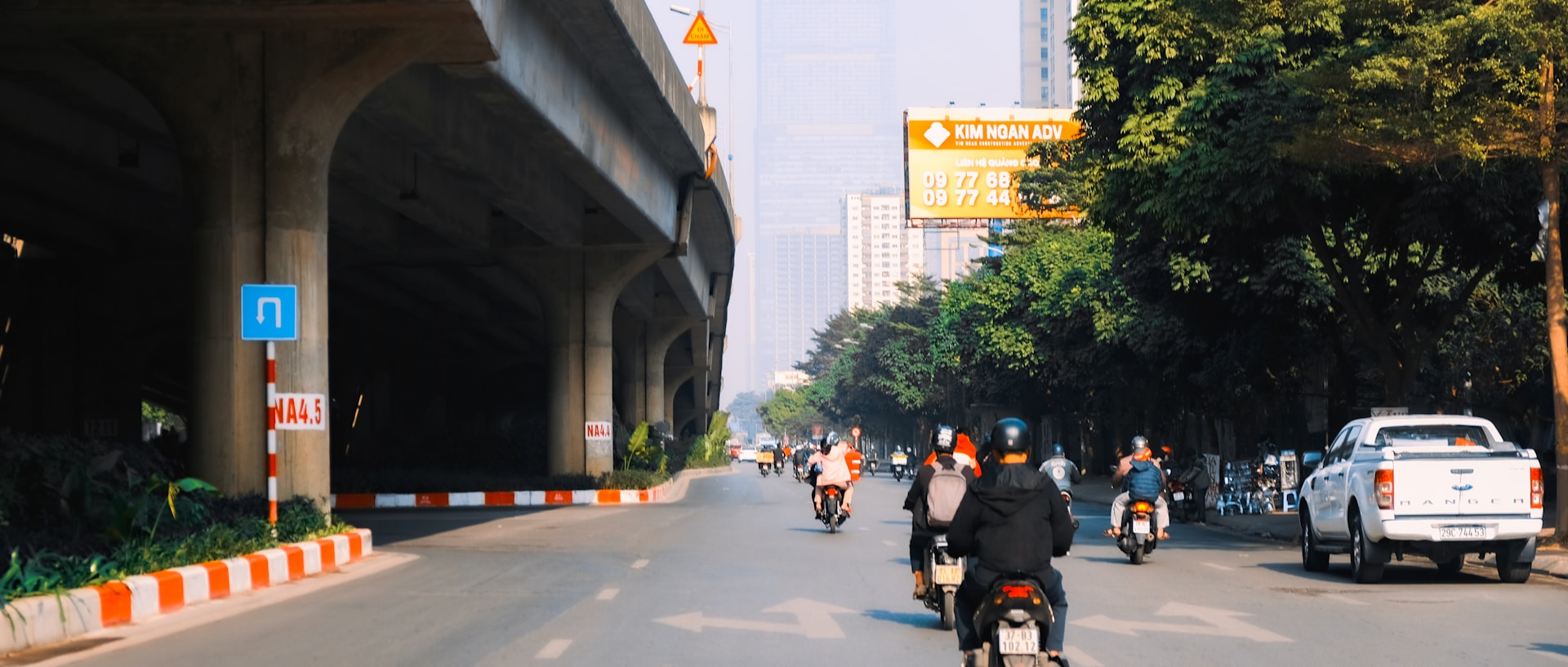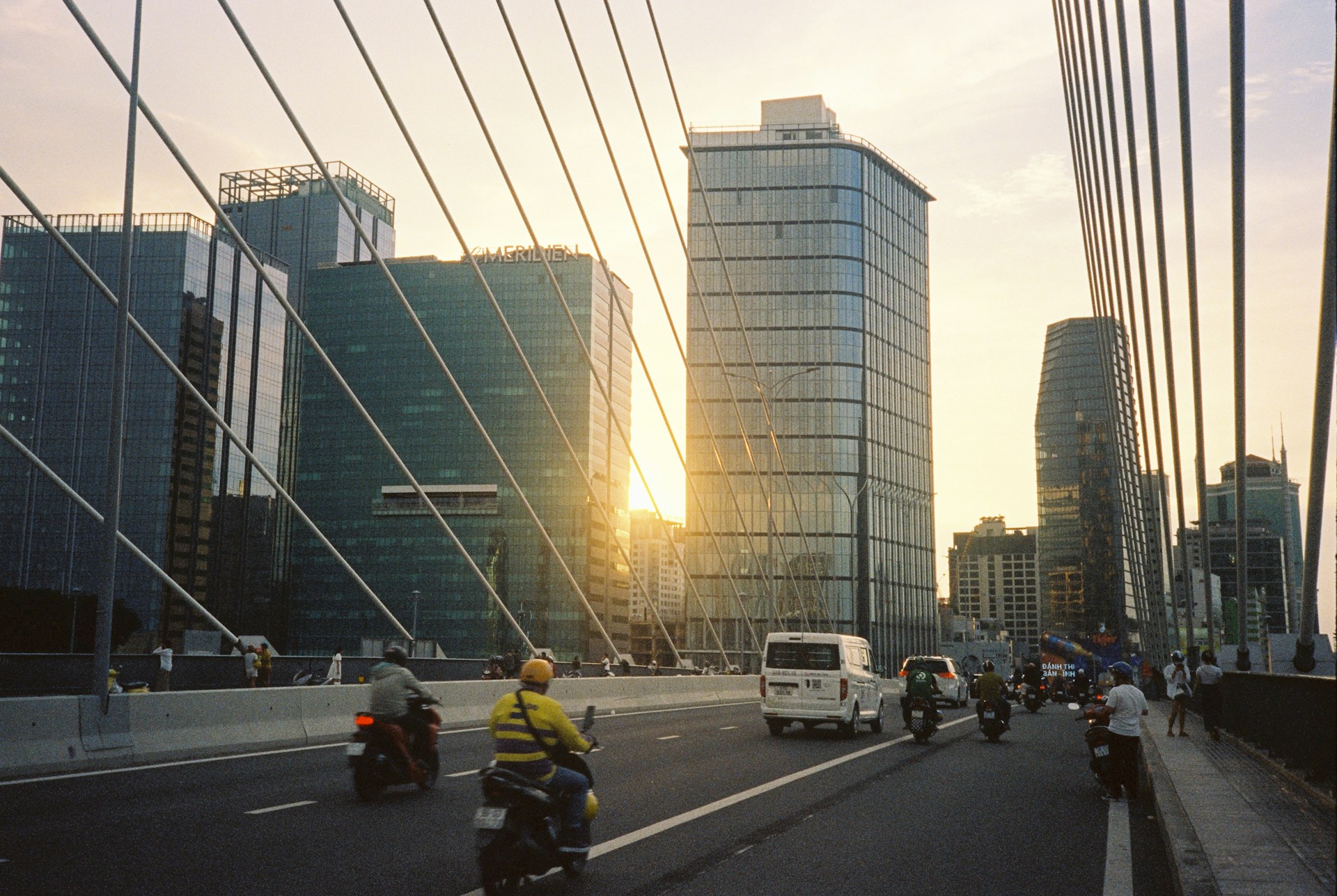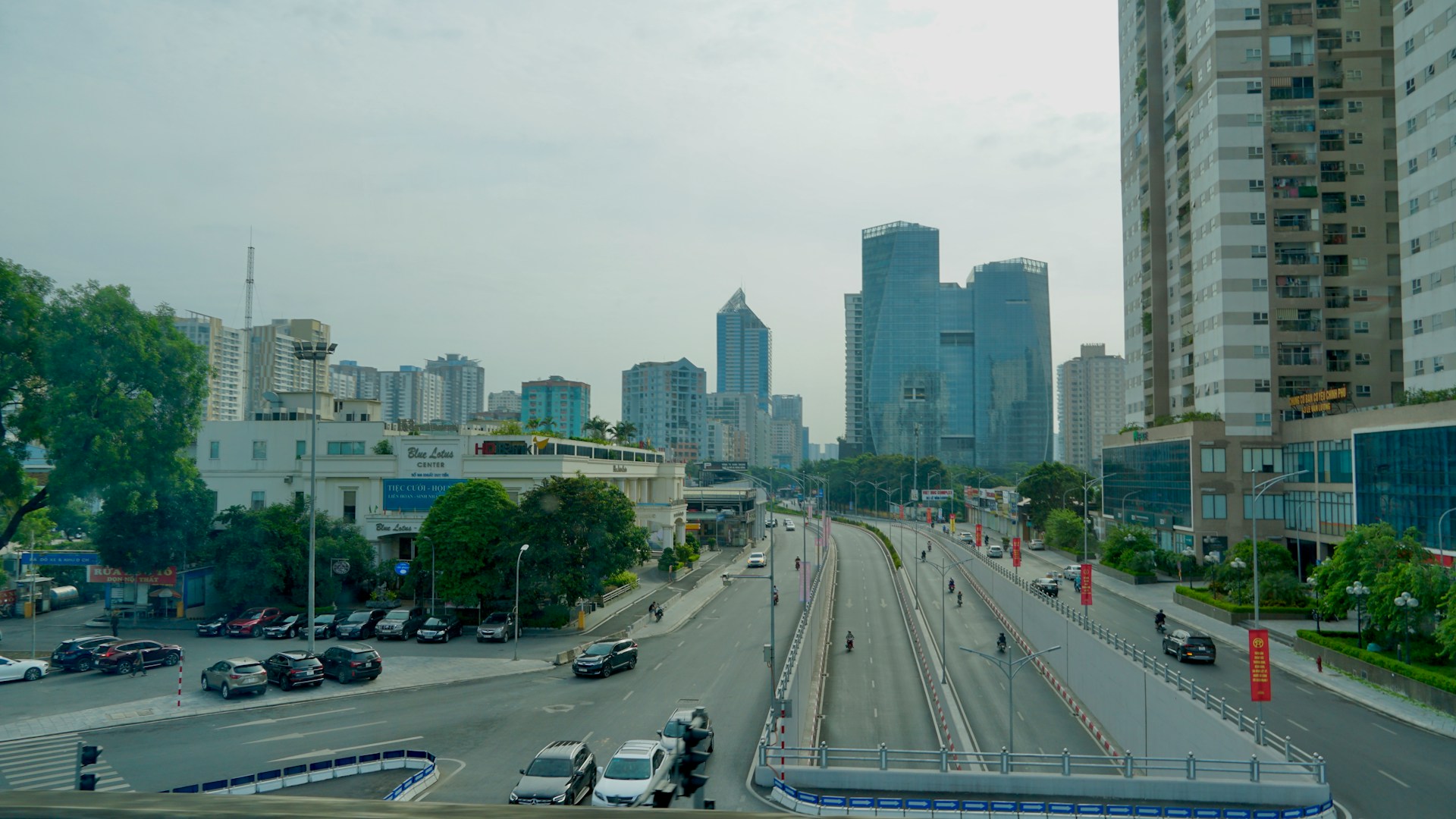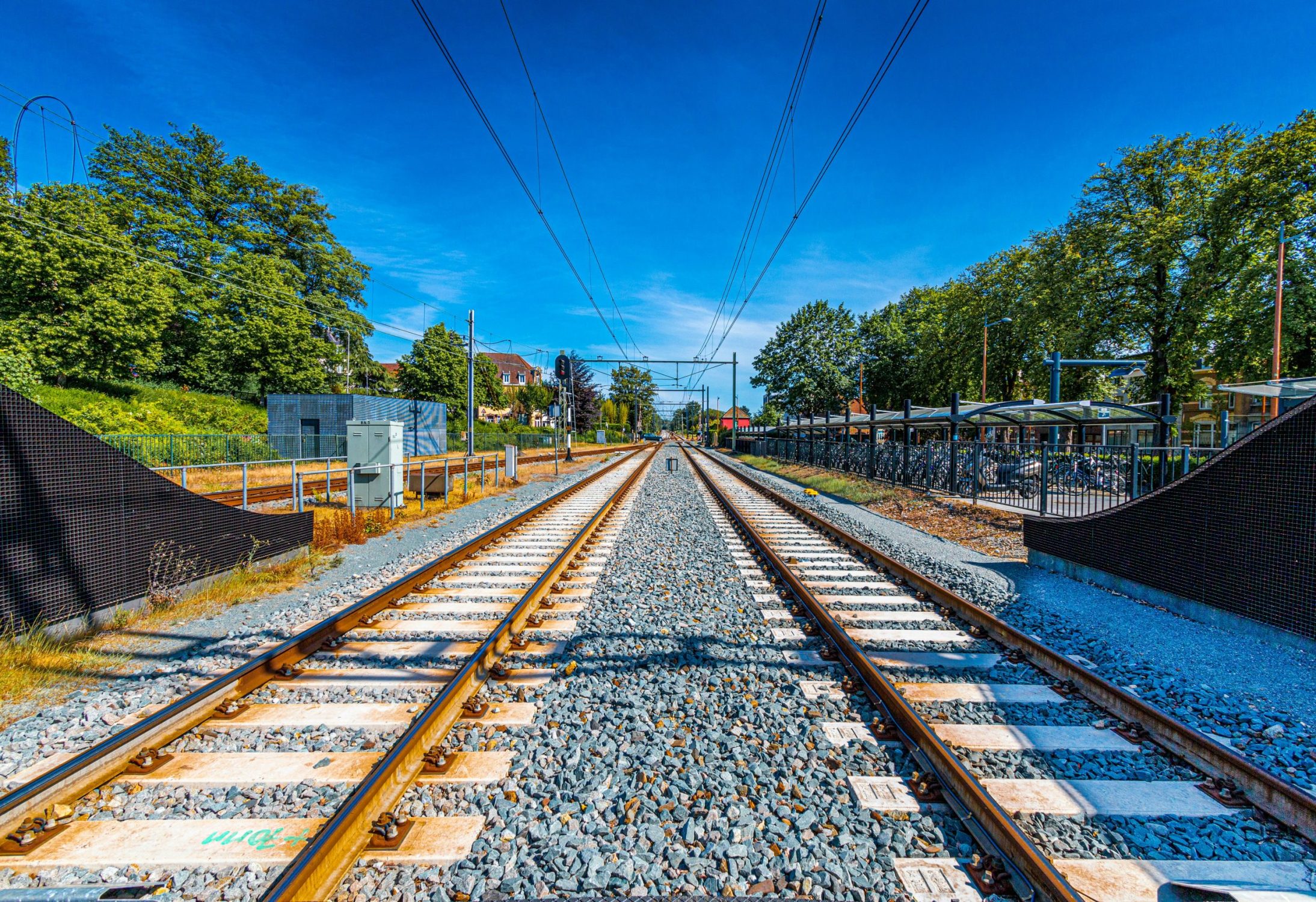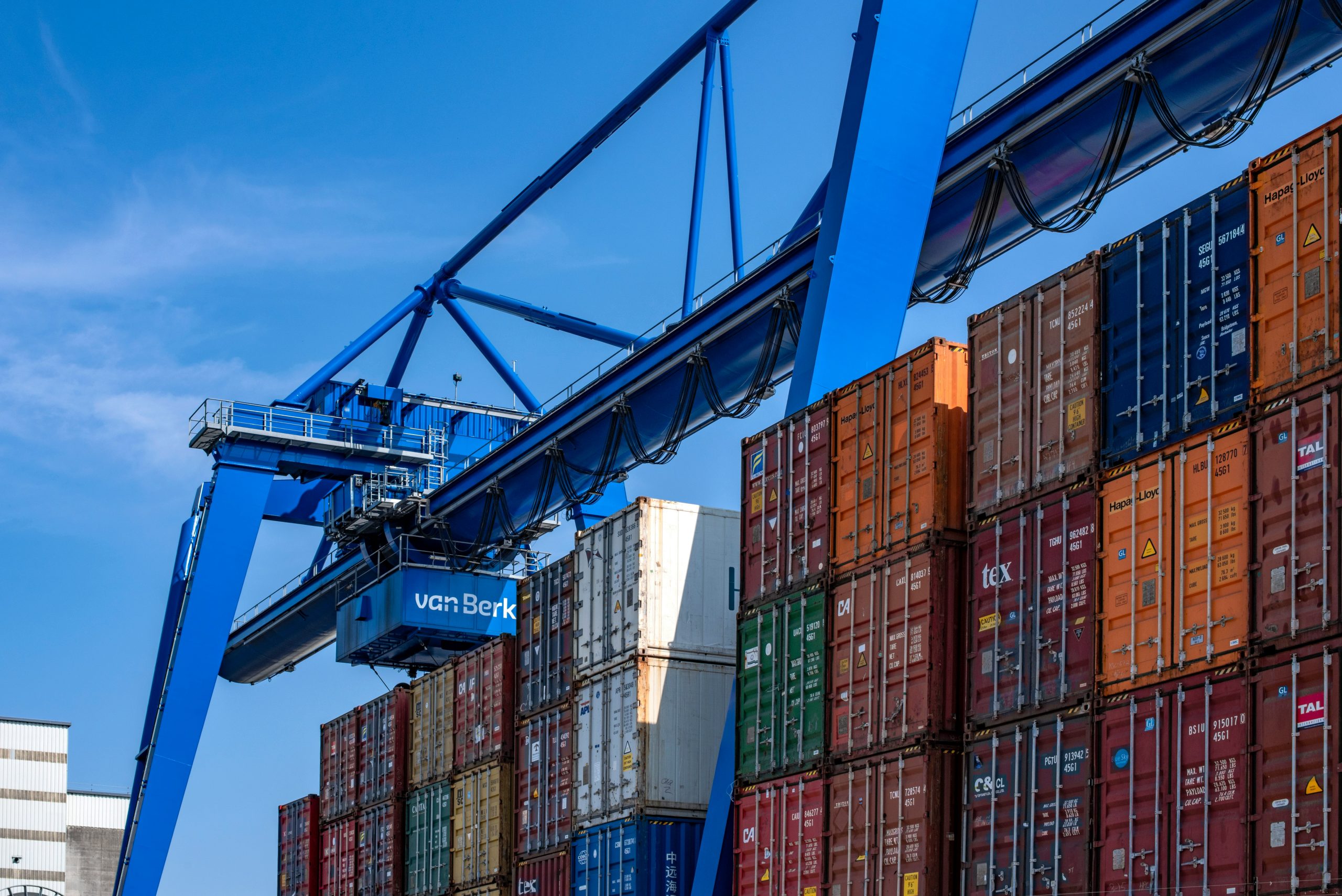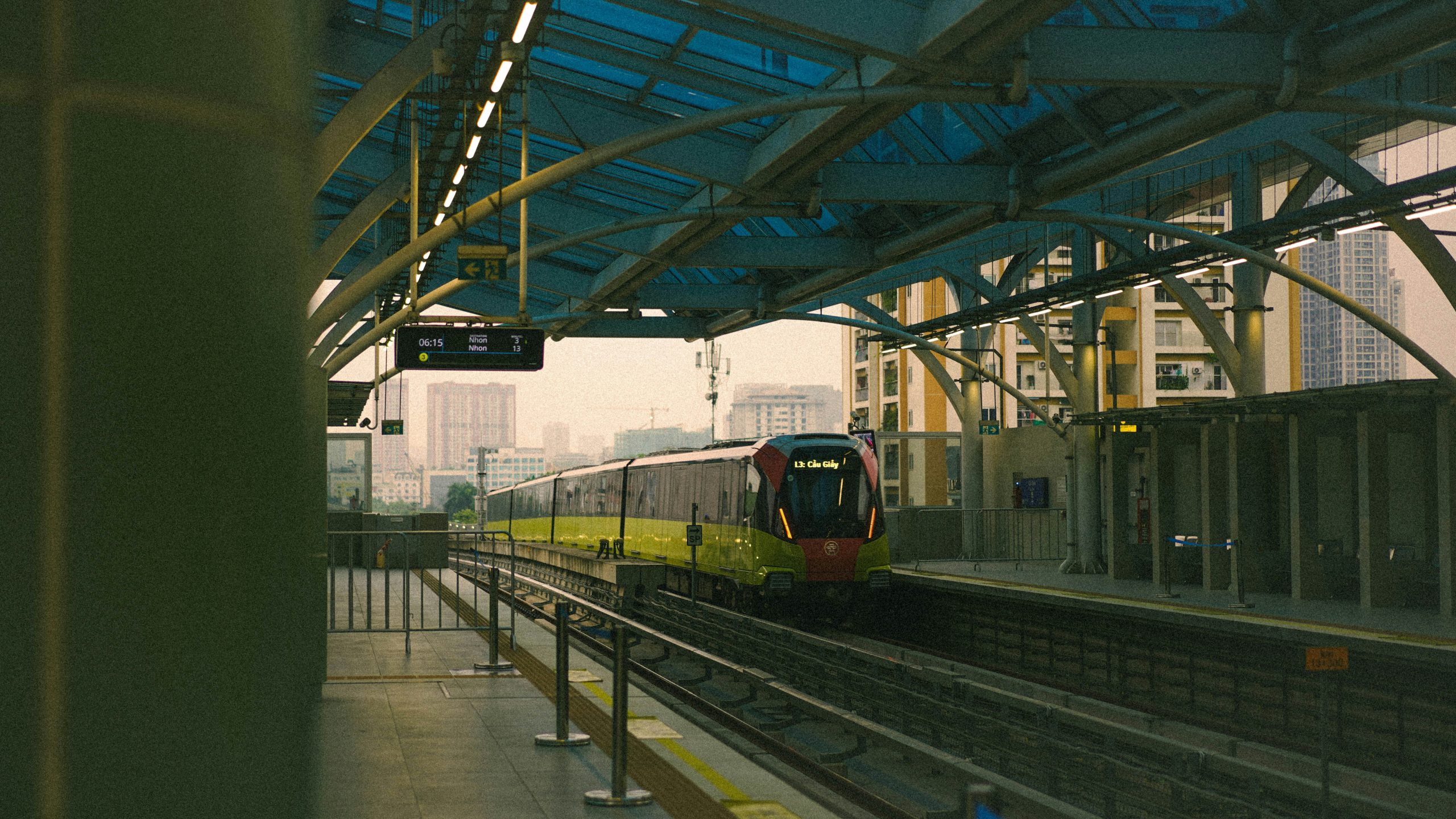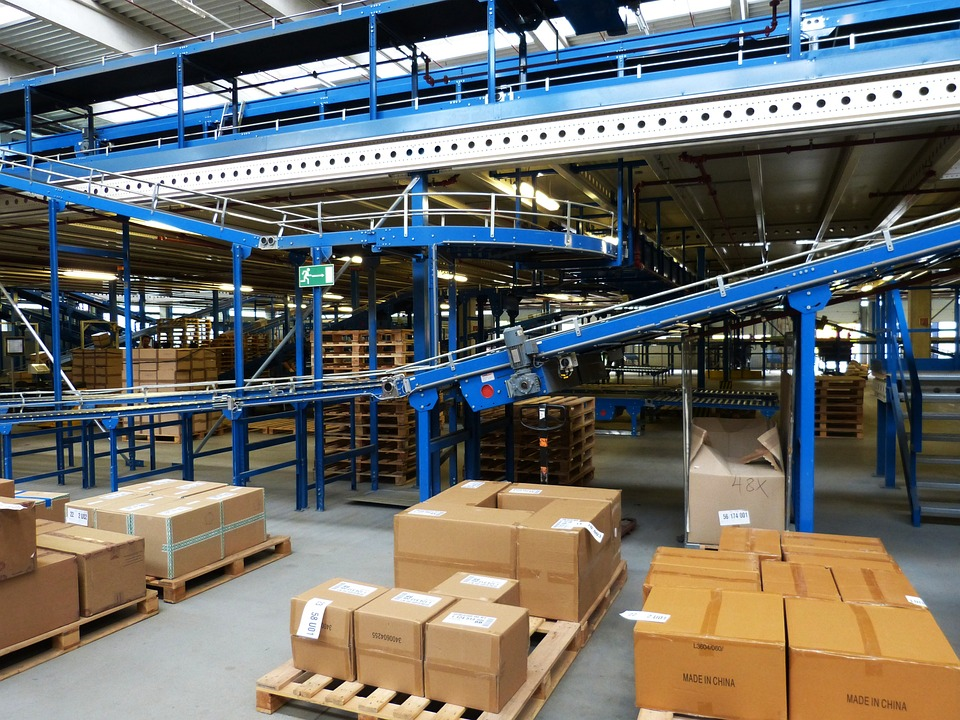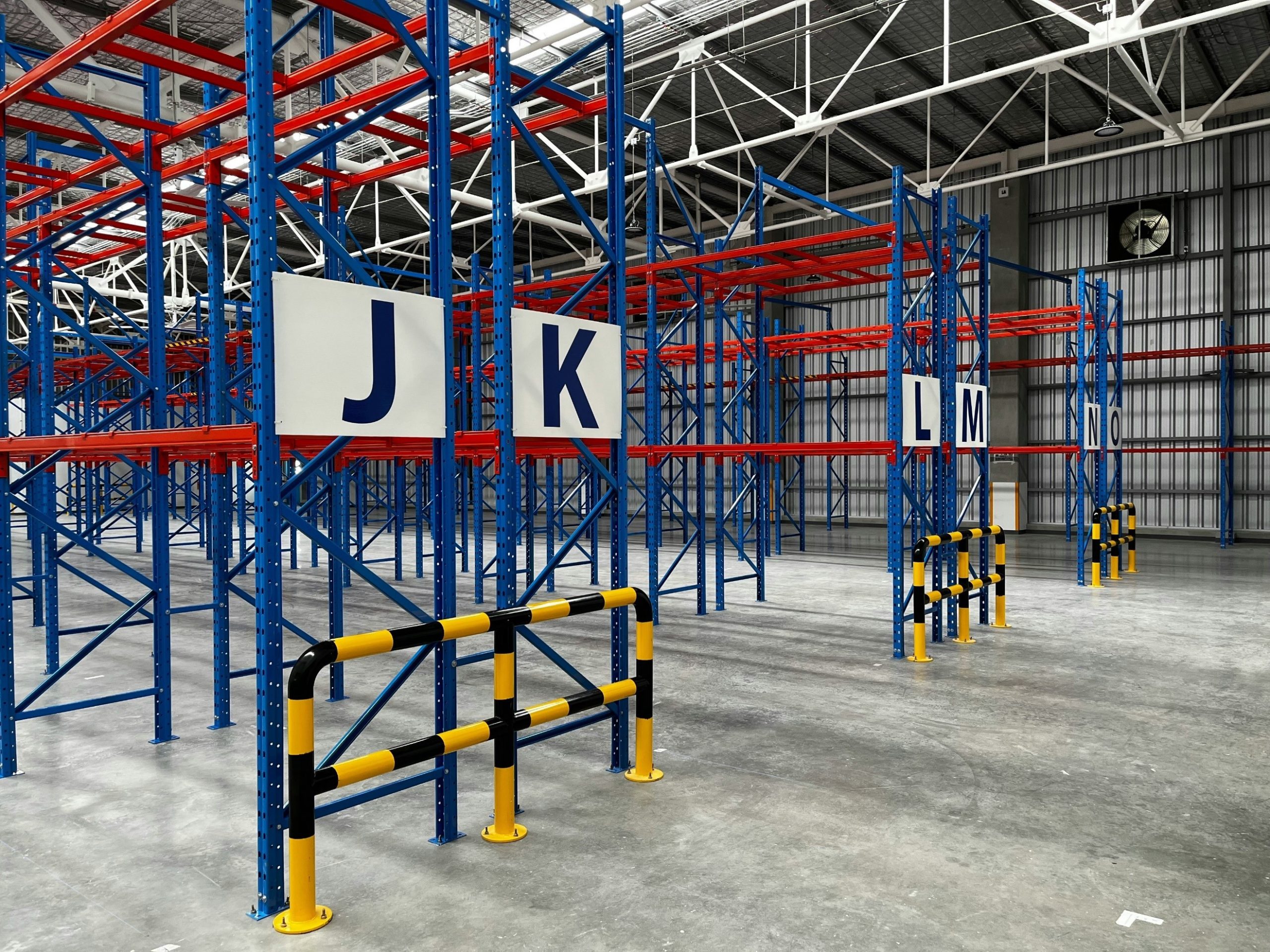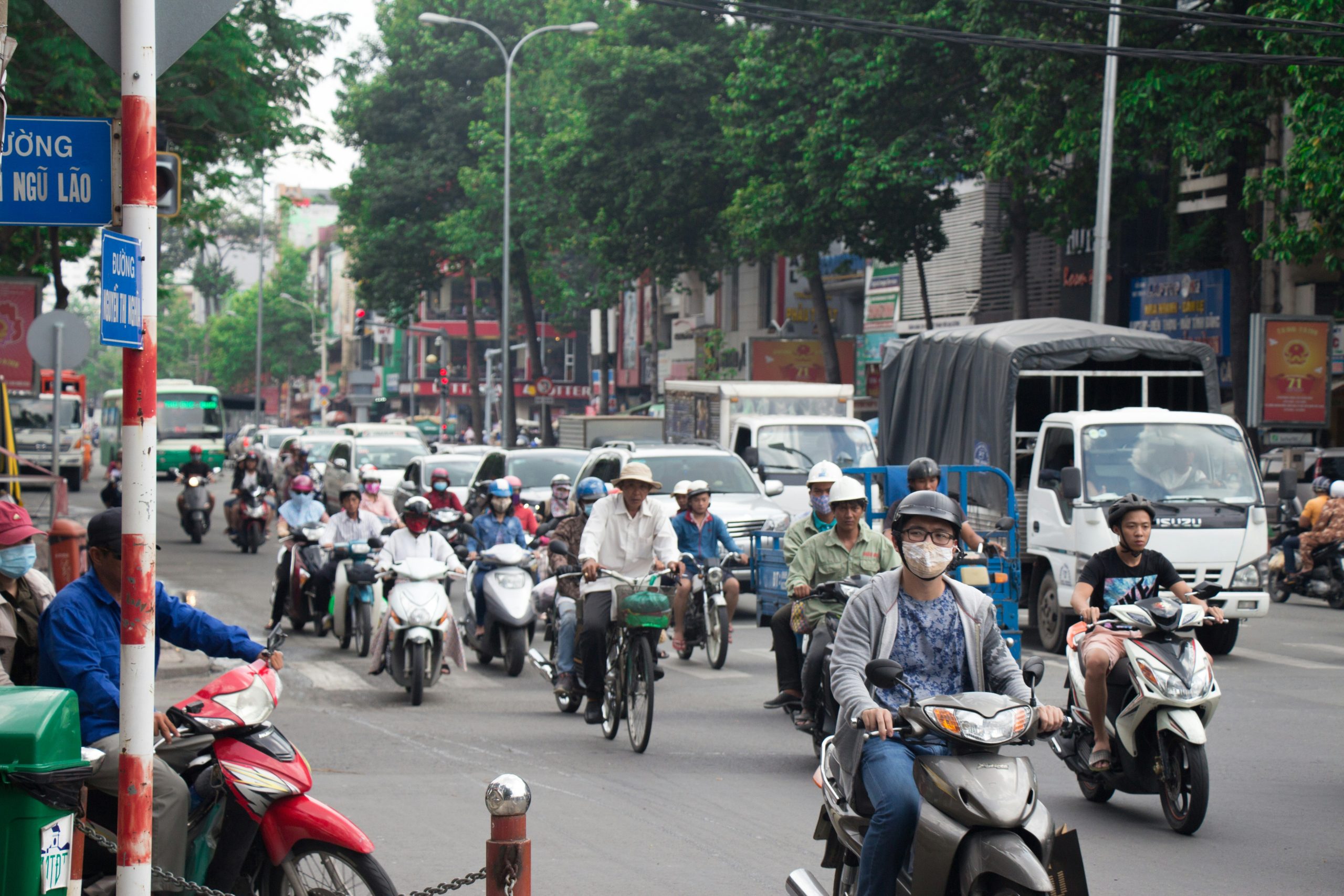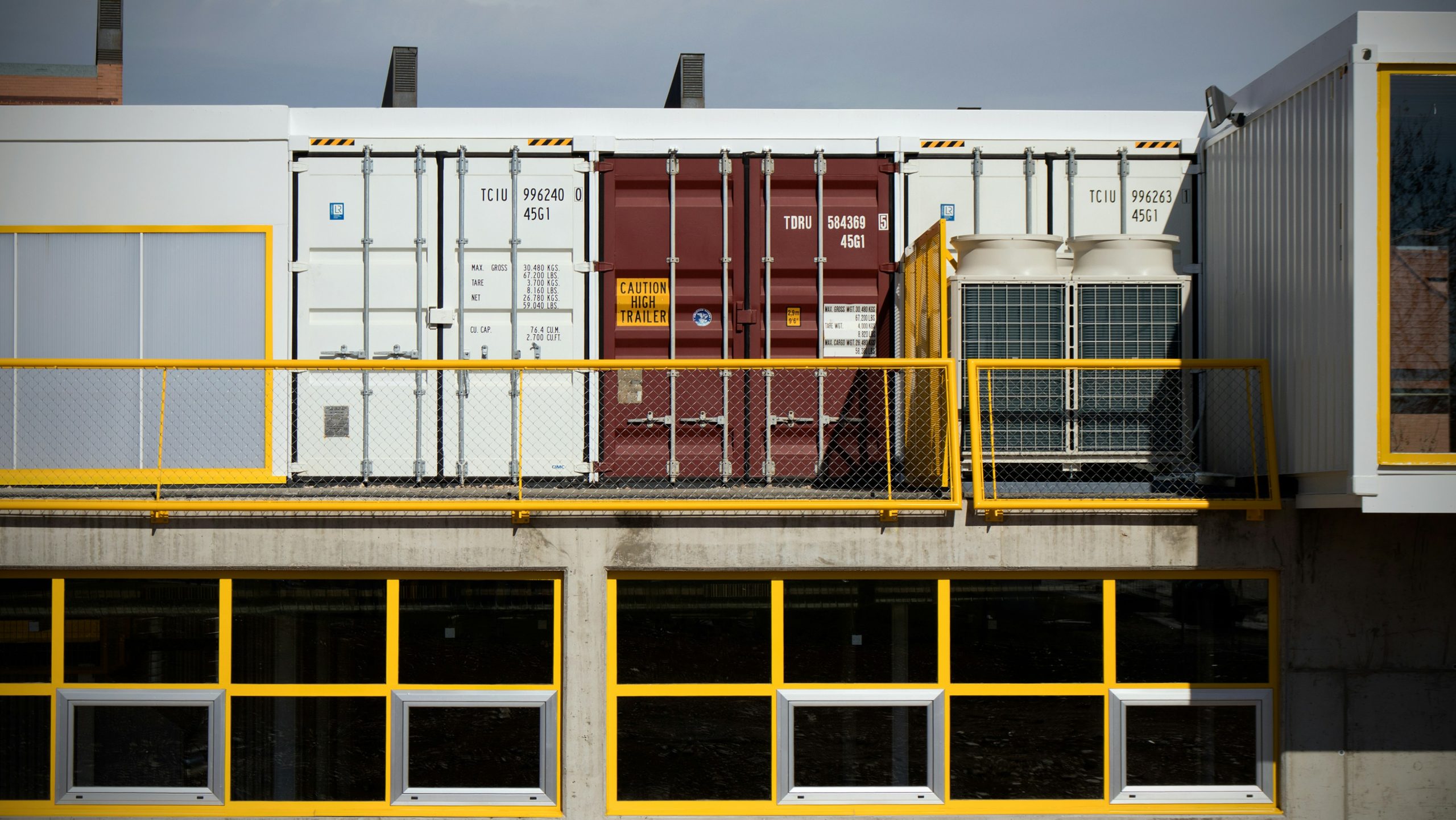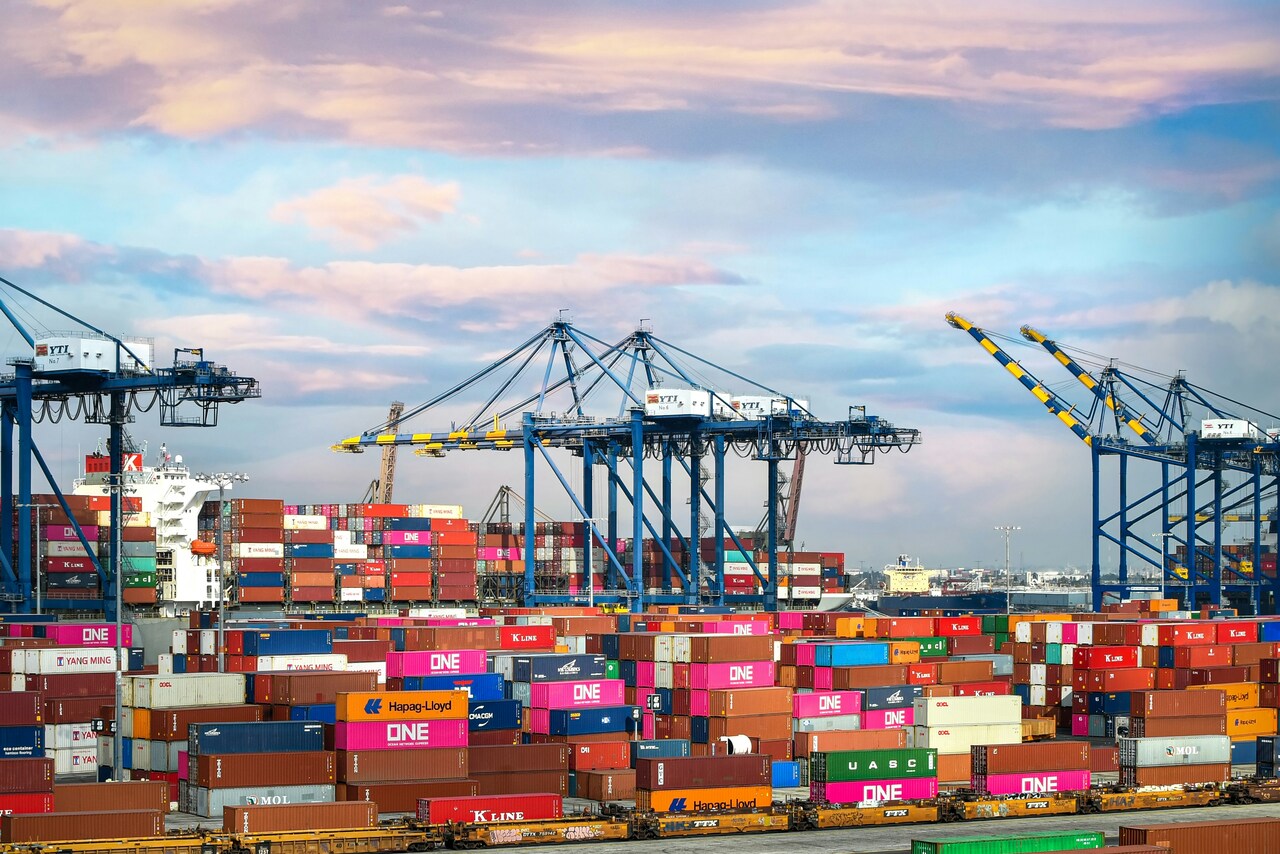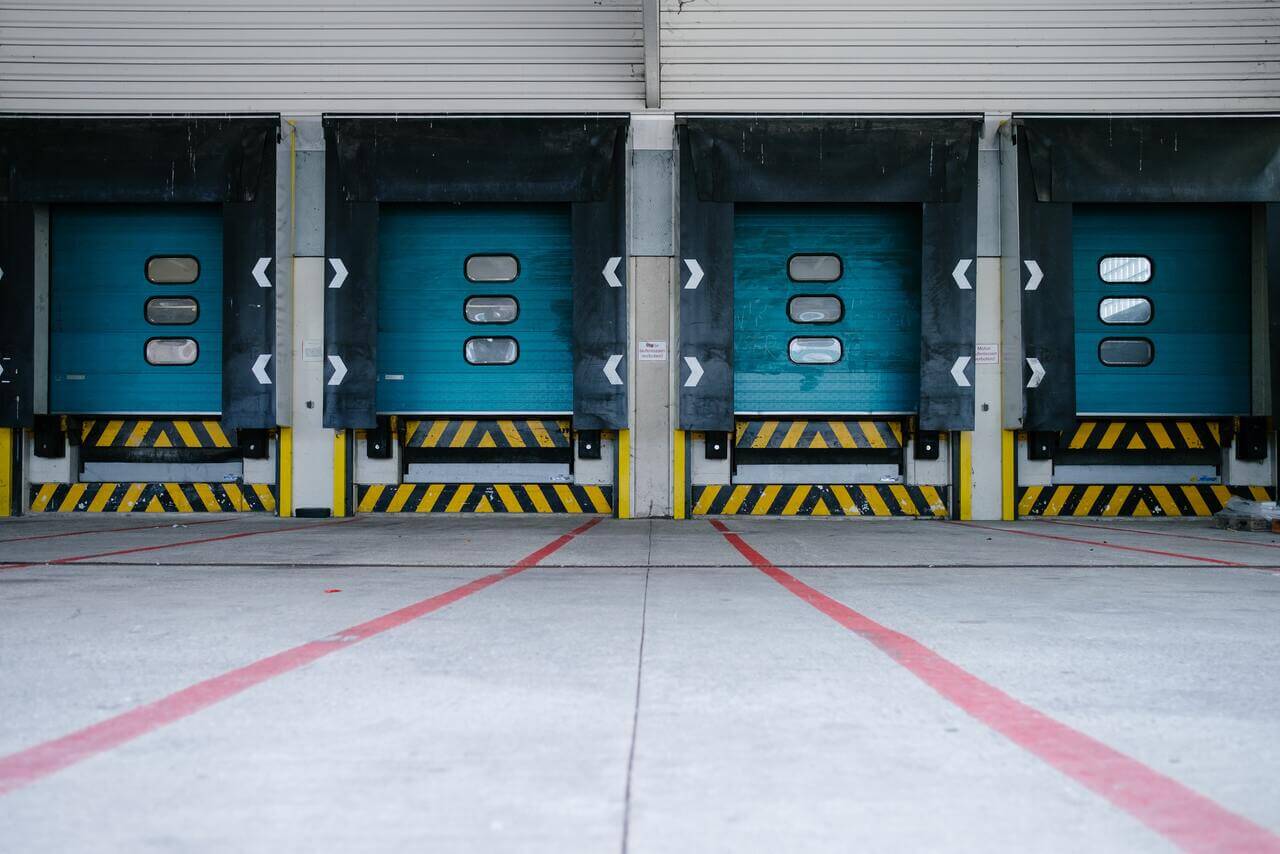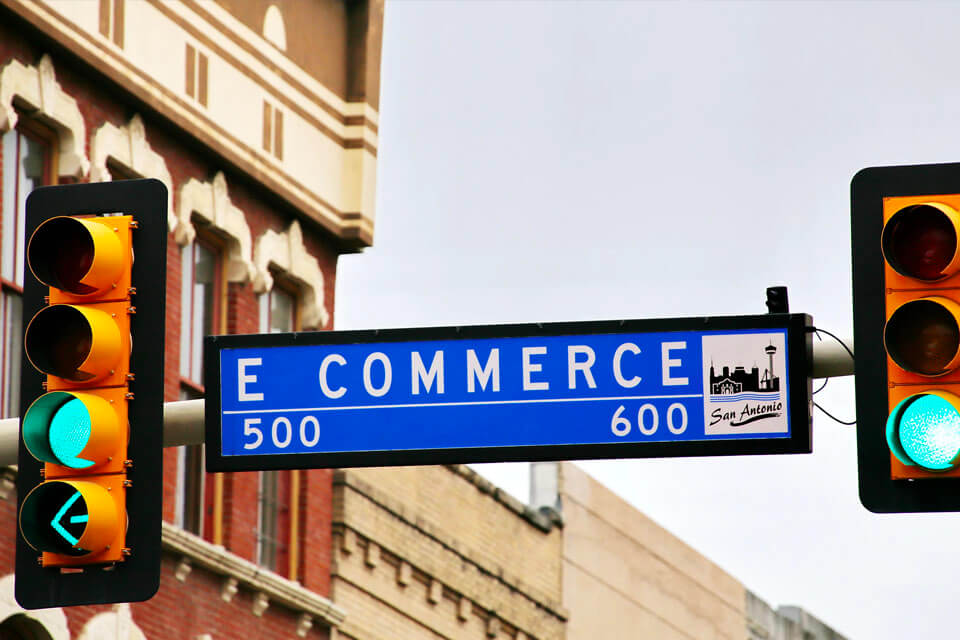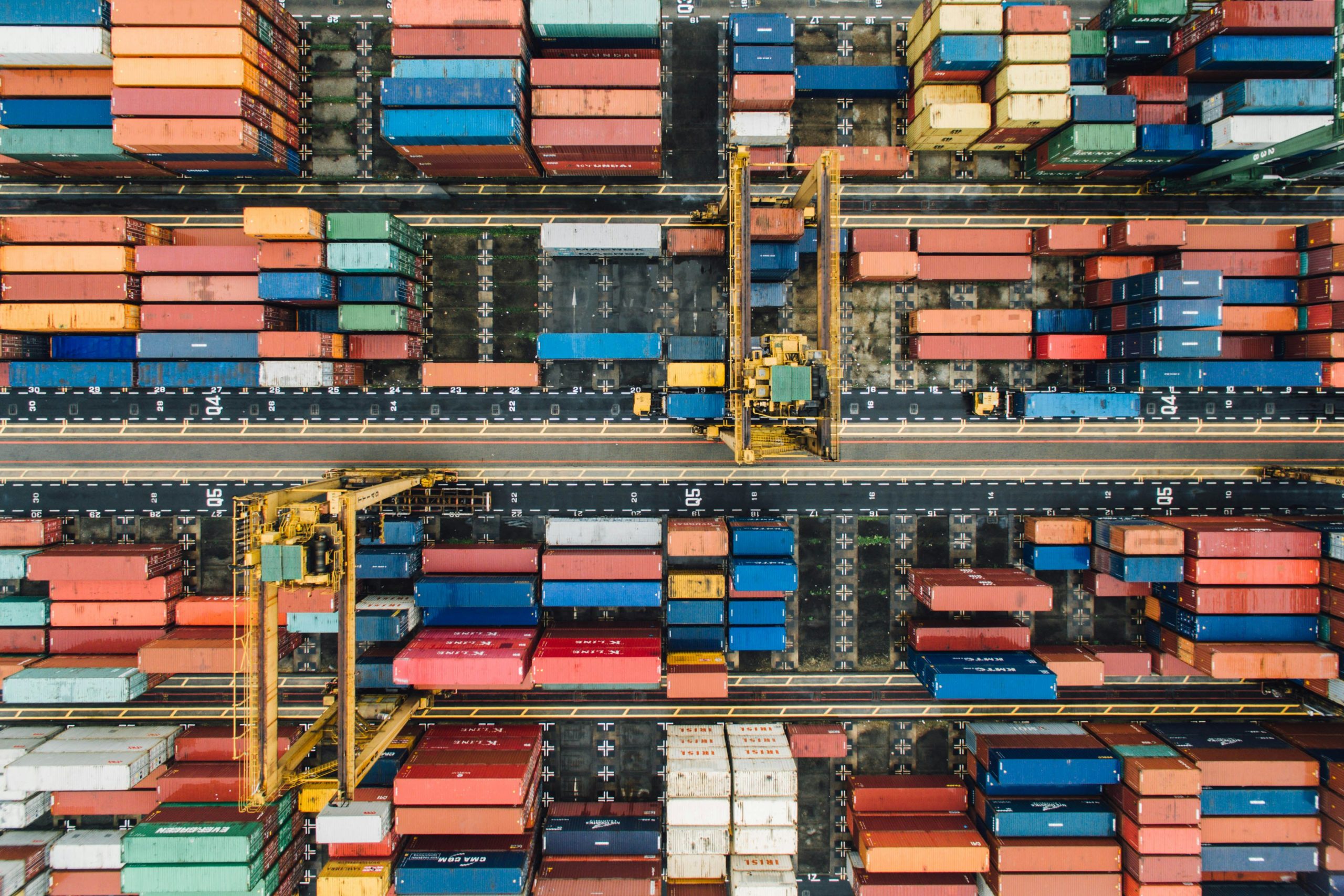
02Jan2025
Latest News & Report / Vietnam Briefing
Comments: No Comments.
Vietnam’s logistics sector is growing quickly, driven strongly by international trade activities. As one of Vietnam’s largest trading partners and sharing a long border with Vietnam, China is expanding its network of warehouses along the border to support smoother exports. In response, Vietnam is making efforts to improve its own logistics infrastructure, particularly warehouse systems, to ensure more efficient operations.
Overview of Vietnam logistics
Vietnam’s logistics industry has been steadily expanding, becoming a key sector that plays a crucial role in promoting trade and driving the national economy. According to the Vietnam Logistics Business Association (VLA), the logistics sector in Vietnam has achieved an annual growth rate of approximately 14% to 16% in recent years, with a market size of around USD 40 to 42 billion. As per the World Bank’s rankings, Vietnam currently ranks 43rd out of 155 countries in logistics performance, based on 6 criteria, including: Infrastructure, shipments international, competence logistics, tracking & tracing, timeliness and customs efficient.
Vietnam – China border trading activities
Among Vietnam’s trading partners, China is the second largest country, with an average annual export value accounting for 16-17% of the total export value during the period from 2019 to 2023 (Trademap). A significant contributor to the two-way trade between Vietnam and China is border trade activities. The land border stretches across seven provinces in Vietnam (Dien Bien, Lai Chau, Lao Cai, Ha Giang, Cao Bang, Lang Son, and Quang Ninh), spanning a total length of 1.4 thousand kilometers and bordering China’s Yunnan Province and Guangxi Zhuang Autonomous Region. Currently, Vietnam has 19 border gate pairs, with major ones being Dong Dang (Lang Son), Ha Khau (Lao Cai), and Mong Cai (Quang Ninh). From 2019 to 2023, according to the Ministry of Industry and Trade, the total value of Vietnam-China border trade increased significantly, rising from USD 5.6 billion to USD 42.7 billion. Although 2022 saw a sharp decline due to factors like border policies during the COVID-19 period, trade rebounded and peaked in 2023, with exports reaching USD 17.2 billion and imports USD 25.5 billion. This growth reflects a strong recovery and expansion of border trade activities following the pandemic.
Vietnam-China Border Trade from 2019 to 2023
Source: The Annual Import-Export Report (Ministry of Industry and Trade)
Warehousing infrastructure between Vietnam – China
China
Recognizing the high consumption potential of the Vietnamese market, China has continuously launched and expanded its GIGA warehouse system along the Vietnam-China border. GIGA warehouses are massive storage facilities housing a wide range of goods, primarily consumer products typically found in markets, supermarkets, and e-commerce platforms. These warehouses shorten transportation distances, reduce shipping costs and order fulfillment time, enabling Chinese goods to enter the Vietnamese market faster and at lower prices.
Currently, China has opened three GIGA warehouses located in the border cities of Hekou (adjacent to Lao Cai), Pingxiang (adjacent to Lang Son), and Dongxing (adjacent to Quang Ninh), situated only 3-4 kilometers from the Vietnam border. These warehouses not only function as hubs for transshipment and storage but also integrate warehousing, logistics, and cross-border e-commerce between Vietnam and China. The warehousing network has decreased the time and cost for logistics of products from China, make the price of Chinese products becomes more competitive.
Vietnam
According to Decision No. 1093/QĐ-BCT issued in 2015 by the Ministry of Industry and Trade, Vietnam has planned to develop 53 warehouses at border gates with China, spanning six provinces: Quang Ninh, Lang Son, Cao Bang, Ha Giang, Lao Cai, and Lai Chau, with a total area exceeding 1.2 million square meters. The goal for Vietnam’s warehouse system development by 2025 is primarily on storage and transshipment, serving as intermediate nodes in logistics processes. In terms of facilities, focusing on strengthening and upgrading existing warehouses (expansion, relocation, or functional adjustments) to meet ongoing storage needs and maintaining stable import-export activities is the priority until 2025. By 2035, Vietnam aims to develop a fully synchronized warehouse system meeting 100% of import-export storage needs, integrating comprehensive logistics services to sustainably enhance trade activities at Vietnam-China border gates.
From the government’s objectives, Vietnam prioritizes developing warehouse infrastructure primarily to meet the demand for trade and goods exchange. However, internal warehouse services and operational management services have yet to receive significant development focus. As a result, the undeveloped warehouse network leads to the increasing of logistics cost in Vietnam. Logistics costs in Vietnam account for approximately 16-20% of GDP, significantly higher than the global average of 10-12%. High logistics costs increase the prices of both export and domestic products, reducing the competitiveness of Vietnamese goods compared to those from other countries. These costs also inflate the prices of Vietnamese goods when they reach international consumers, decreasing their attractiveness to trade partners.
Recognizing the shortcomings in the warehousing system in terms of infrastructure and services, the Government has issued policies to encourage investment in the logistics sector, particularly in developing modern and integrated warehousing systems. Both domestic and international enterprises have actively participated in building and upgrading infrastructure, applying advanced technologies to optimize warehouse management and supply chains. The establishment of the Viettel Logistics Park is the clearest evidence of these efforts.
Viettel Logistics Park
The Viettel Logistics Park, inaugurated in December 2024, marks a significant step forward in Vietnam’s logistics infrastructure, particularly in enhancing domestic logistics and facilitating Vietnam-China cross-border trade. Spanning 143.7 hectares with an investment of nearly VND 3,300 billion (approximately USD 130 million), the park doubles the current capacity at Lang Son’s border gate, handling up to 1,500 vehicles daily. As Vietnam’s first fully integrated logistics center, it offers end-to-end services for import-export operations, including customs clearance, quarantine, inspections, transshipment, warehousing, and cross-border transportation. The park incorporates advanced technologies such as IoT, 5G, AI, Big Data, and Digital Twins, along with automation solutions like Smart Lockers, drones, and autonomous vehicles. These innovations optimize operations, reducing logistics costs by up to 40%. The standardized data system connects directly with customs systems in both Vietnam and China, streamlining procedures and reducing customs clearance time from 4-5 days to less than 24 hours. This efficiency enhances the competitiveness of Vietnamese goods in international markets.
Strategically located near the Dong Dang Border Gate Economic Zone in Lang Son Province, the park serves as a pivotal trade bridge between ASEAN and China. By alleviating bottlenecks at northern border gates and providing a comprehensive logistics solution, it facilitates smoother and more efficient trade flows, thereby strengthening economic ties between Vietnam and China. Viettel Logistics Park is expected to contribute to enhancing Vietnam’s logistics infrastructure, reducing costs, and improving the efficiency of cross-border trade with China, positioning Vietnam as a strategic logistics center in Southeast Asia.
Conclusion
In conclusion, the rapid growth of Vietnam’s logistics sector and its strategic border trade with China highlight the crucial need for further development in warehousing infrastructure. The expansion of both Vietnam and China’s warehouse networks has already contributed to improving trade efficiency and reducing logistics costs. However, to fully capitalize on the potential of the Vietnam-China trade corridor, it is essential to continue upgrading warehouse facilities. To compete with cheap Chinese goods in the domestic market, Vietnam needs to make significant investments in infrastructure and warehouse networks. This will not only help reduce logistics costs and facilitate smoother exports to China but also enhance Vietnam’s competitiveness in the global market, ensuring the sustainable development of its logistics industry in the future.
* If you wish to quote any information from this article, please kindly cite the source along with the link to the original article to respect copyright.
| B&Company
The first Japanese company specializing in market research in Vietnam since 2008. We provide a wide range of services including industry reports, industry interviews, consumer surveys, business matching. Additionally, we have recently developed a database of over 900,000 companies in Vietnam, which can be used to search for partners and analyze the market. Please do not hesitate to contact us if you have any queries. info@b-company.jp + (84) 28 3910 3913 |
